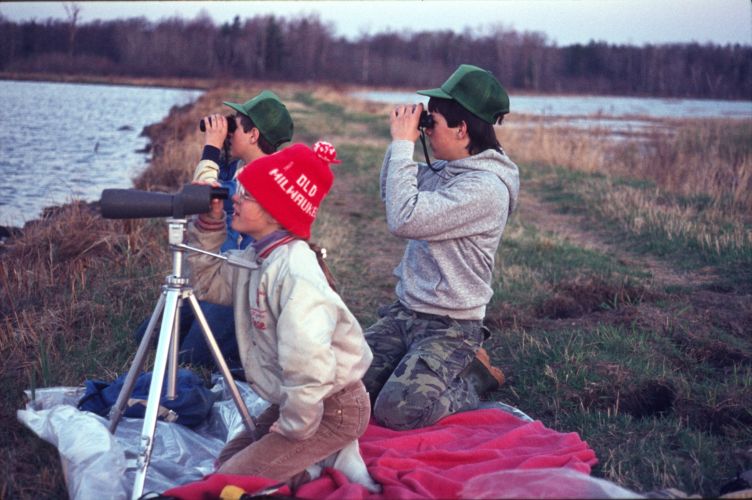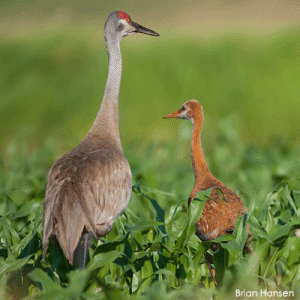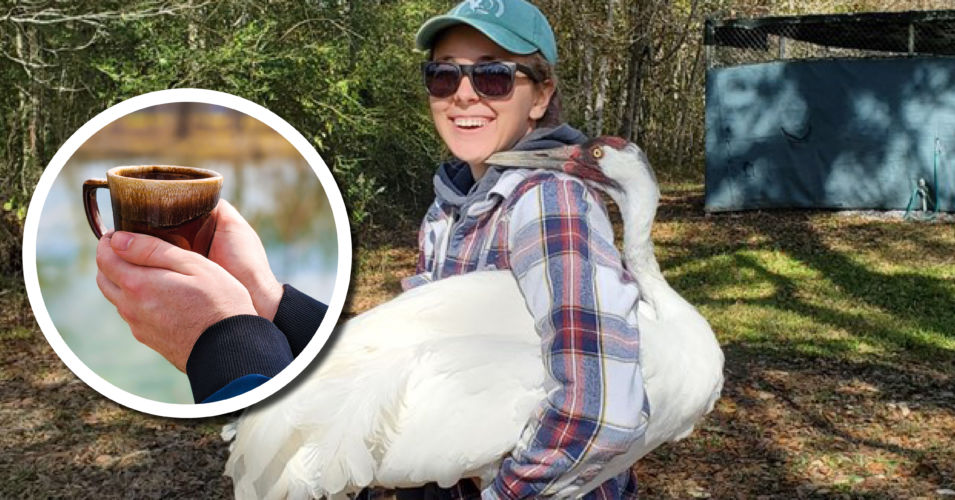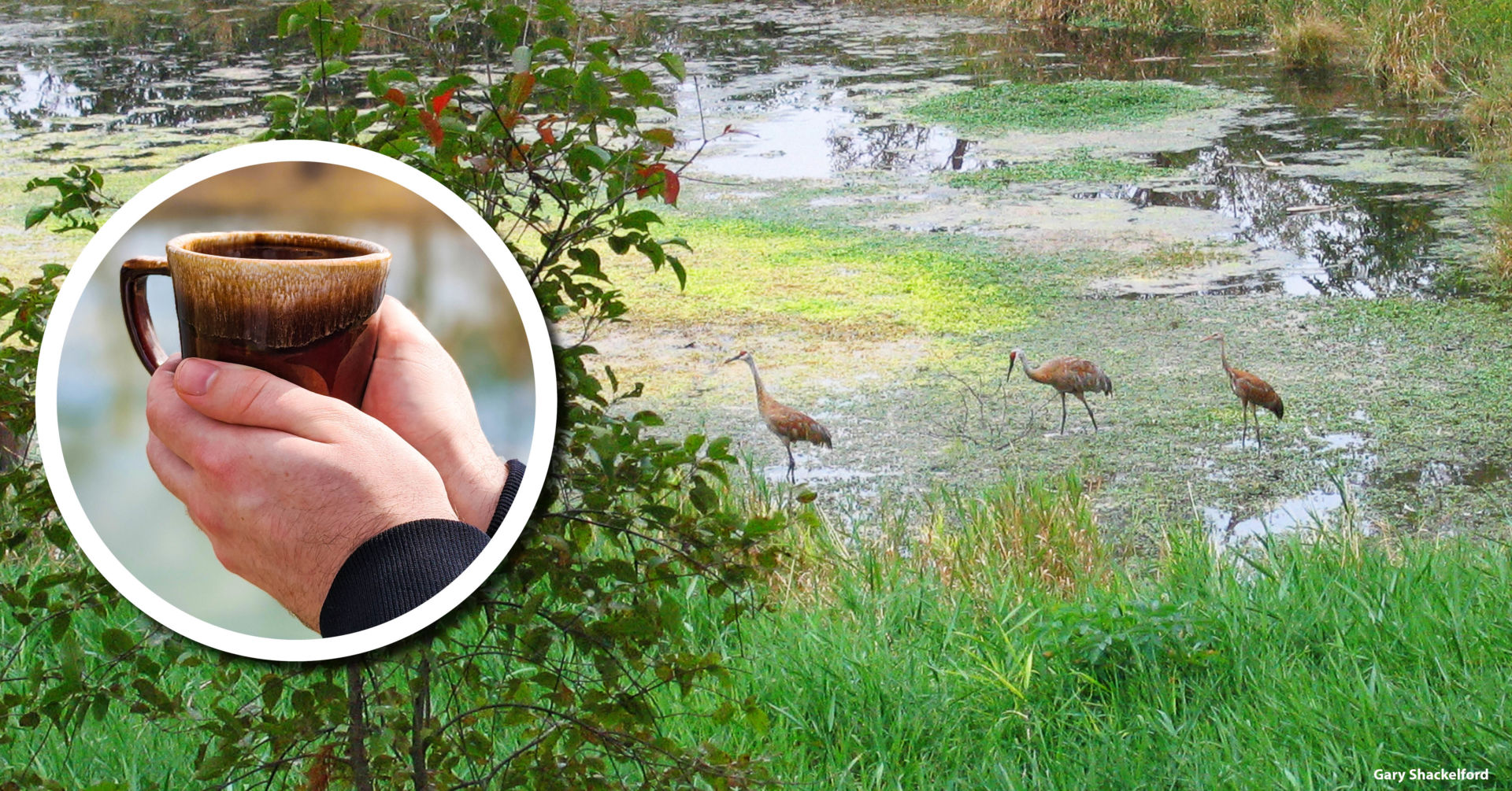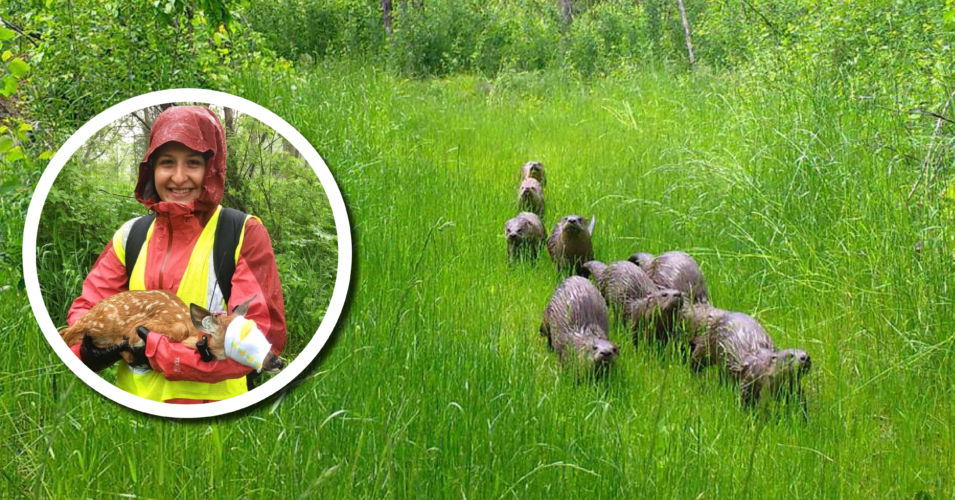Interest in cranes and wetlands grows in 1970s
I encountered my first Sandhill Crane in the spring of 1973. As a first-year graduate student and an ornithology teaching assistant, I was weak at the knees with my inexperience, yet loving every minute. George Archibald and Ron Sauey, recently of Cornell University, were just establishing the International Crane Foundation (ICF) on the northern outskirts of Baraboo, WI.
Few researchers studied Sandhill Cranes until the early 1970’s, when a small Wisconsin explosion of interest and advocacy for cranes and wetlands occurred. Archibald began extensive field surveys, hoping eventually to initiate a wild population of Whooping Cranes in Eastern North America. At UW–Stevens Point, Ernie Gluesing, a wildlife biology graduate student under Dr. Lyle Nauman, surveyed the state’s population and estimated a total of about 850 Sandhills. On the heels of Gluesing’s research came the work of several more of Nauman’s graduate students, all working to better understand the ecology of Sandhill Cranes.
Meanwhile, Jim and Libby Zimmerman’s fight in 1969 to protect wetlands from a freeway expansion in Madison marked the beginning of what was to become the Wisconsin Wetlands Association (WWA). Under the Zimmermans’ guidance, WWA became a broad-based organization working on education and advocacy.
Joining together for cranes
By the mid-1970’s, the common interests of ICF, WWA, Wisconsin Department of Natural Resources, and wildlife researchers began to coalesce into a collaborative effort. With ICF’s encouragement, and with guidance and advice from graduate student Alan Bennet, a high school teacher and his class counted cranes in Columbia County. With that first citizen survey effort, the need for more “eyes on the sky” and “feet on the wet ground” became evident.
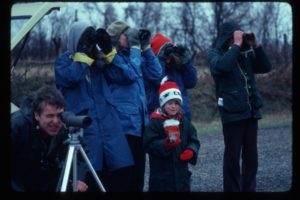
“The Crane Count became a critical tool in assessing the abundance and distribution of cranes, documenting the growing expansion of the population into previously unused wetlands”
After graduation from UW-Stevens Point in 1977, Charlie Luthin worked at ICF, assisting with early citizen survey efforts. The beginnings of the Crane Count began to take shape in 1978, with a collaborative planning effort involving WWA, Madison Audubon Society, and ICF. Five counties were surveyed that year: Columbia, Sauk, Dane, Dodge, and Jefferson.
Luthin began graduate school at UW-Madison in 1979 and became active in Madison-based WWA. With Charlie’s leadership, WWA agreed to take over the lead responsibility for the Crane Count, freeing ICF to spend time on other valuable research.
The Crane Count soon became the culmination of WWA’s Wetlands Week, an annual springtime celebration of wetlands. During this period, the numbers of Crane Count participants (and cranes) steadily grew. With its near-statewide scope and established consistency of data collection, the Crane Count became a critical tool in assessing the abundance and distribution of cranes, documenting the growing expansion of the population into previously unused wetlands. By 1985, ICF’s growth allowed them to resume management of the Crane Count, organizing county coordinators and tabulating results, while WWA continued to be a strong source of participants.
Crane count grows to today’s large annual event
In mid-1990, surrounding states joined the Count and the name of the event was changed to the Midwest Sandhill Crane Count. Ten years later, coming full circle from George Archibald’s 1972 vision of reintroducing Whooping Cranes to Wisconsin, the Count was renamed again to the Annual Midwest Crane Count, reflecting the promising Whooping Crane reintroduction efforts. In 2012, the event took a big step into the electronic age, with data being entered by participants directly into the massive online database eBird.
Through the forty years of Crane Count’s history, some things remain unchanged. The Crane Count continues to be an annual rite of spring for many. Before dawn on a mid-April day each year, high school classes, 4-H kids, life-long and first-time birders troop through the dark to their assigned wetlands. The collective steam of hot coffee cups rises into the misty morning air. A tentative robin calls and the last of the nocturnal woodcock peents reach listening ears. Finally, a distant bugle of cranes or the swish of near-silent coasting cranes passing overhead is heard. Pens and pencils come out of pockets, binoculars are lifted, and for two hours, several thousand hardy souls experience an ancient dawn on a wetland, much as it may have been experienced for the past millennia.
Photos by Brian Hansen and Karen & Martin Voss
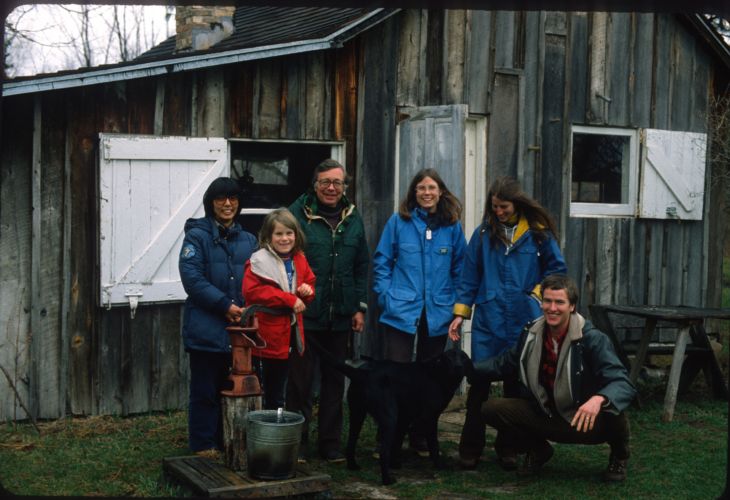
Learn more about this event on the International Crane Foundation’s website
Related Content
Wetland Coffee Break: Whooping crane conservation in Wisconsin
Wetland Coffee Break: Sandhill 101: The ecology and behaviors of Sandhill Cranes
Wetland Coffee Break: Snapshot Wisconsin: Gathering and using trail camera data in wetlands and beyond

